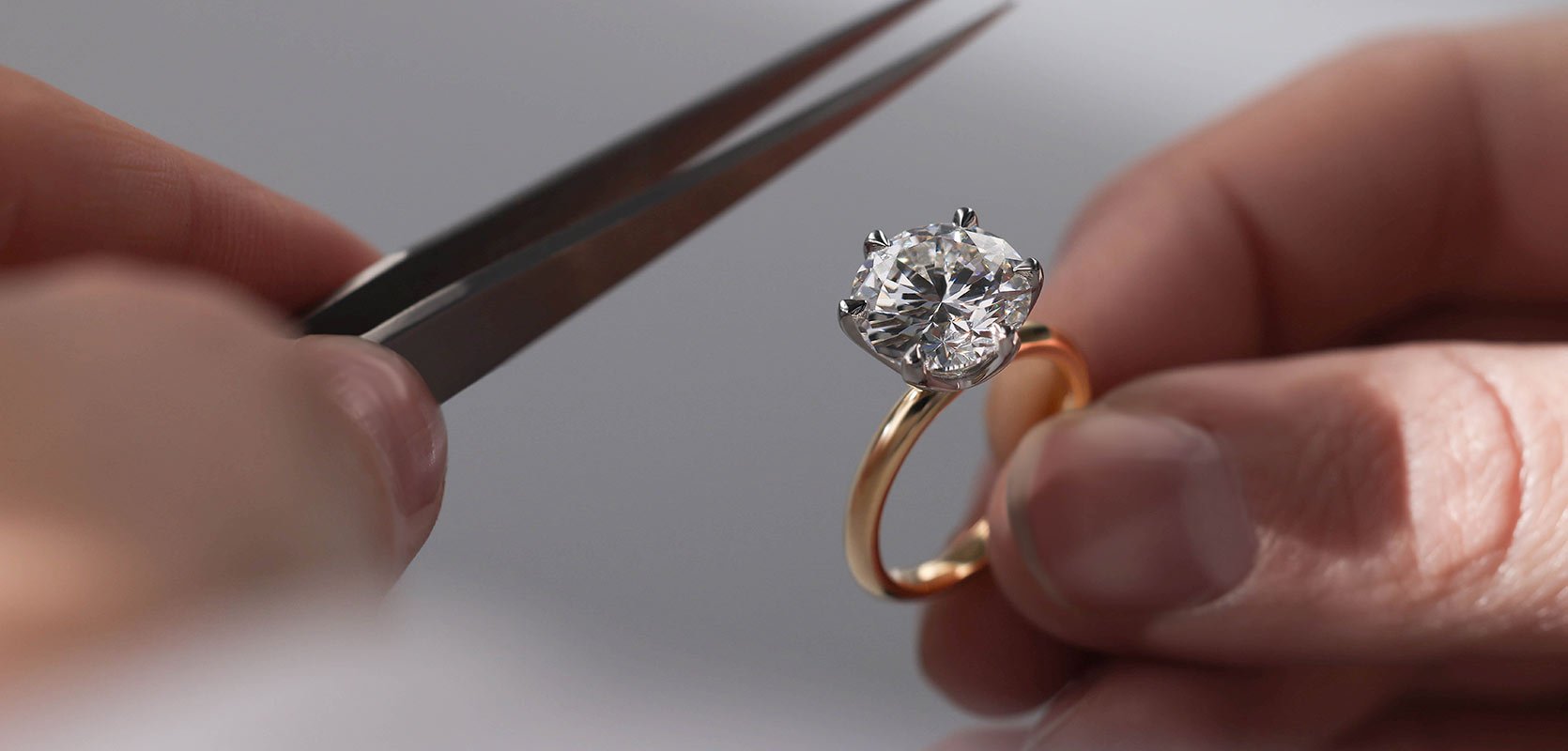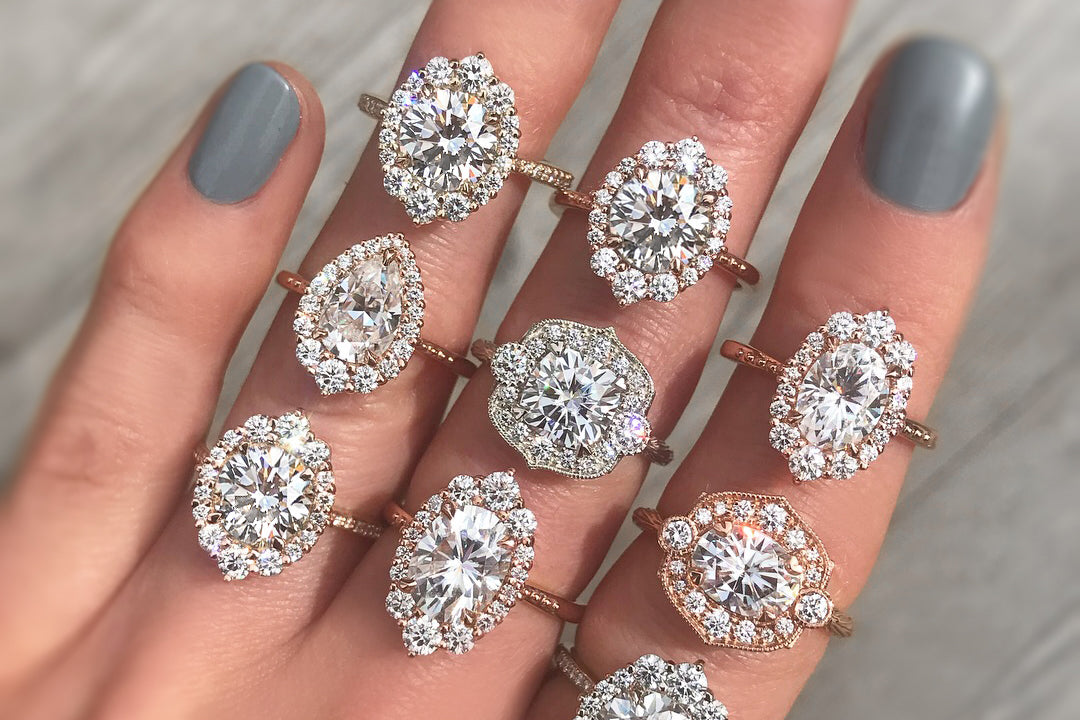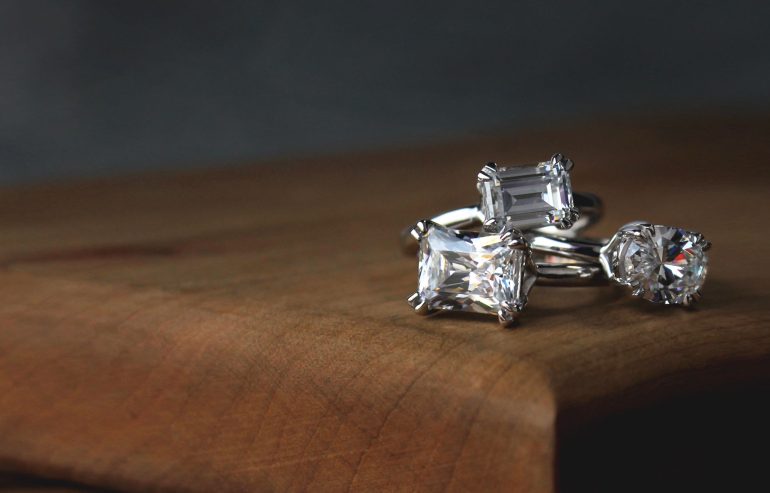
Diamonds Are Better: Why the Future of Diamonds is Synthetic
Introduction: The Changing World of Diamonds
When it comes to diamonds, most people think of rare, natural stones pulled from the depths of the Earth, often at a high environmental and ethical cost. But times are changing, and the world of diamonds is undergoing a transformation. Enter lab grown diamonds are better—an innovation that’s revolutionizing the jewellery industry and rapidly gaining popularity.
The shift towards lab-grown diamonds isn’t just about the science behind them, it’s about the values they represent: sustainability, ethical sourcing, and more affordable luxury. So why are lab-grown diamonds better? Let’s explore this exciting and sustainable alternative to traditional diamonds.
What Are Lab-Grown Diamonds?
Lab-grown diamonds, also known as synthetic or cultured diamonds, are real diamonds that are produced in laboratories using advanced technology that replicates the natural process of diamond formation. These diamonds have the same physical, chemical, and optical properties as natural diamonds, making them indistinguishable from their mined counterparts.
The Growing Popularity of Lab-Grown Diamonds
Over the past few years, lab-grown diamonds have surged in popularity, especially among eco-conscious and ethical consumers. Major jewellery retailers are now offering these diamonds as part of their collections, and even some high-profile celebrities are choosing lab-grown diamonds for engagement rings. As the quality and affordability of these diamonds continue to improve, it’s clear that lab-grown diamonds are here to stay.
The Technology Behind Lab-Grown Diamonds
Lab-grown diamonds may sound futuristic, but the technology used to create them has been around for decades. Two main methods are used to create synthetic diamonds: the High Pressure High Temperature (HPHT) method and the Chemical Vapor Deposition (CVD) method.
The High Pressure High Temperature (HPHT) Process
The HPHT method is one of the oldest ways to create lab-grown diamonds. It simulates the high pressure and temperature conditions found deep within the Earth’s mantle where natural diamonds form. A small diamond seed is placed into a chamber with carbon, which is subjected to extremely high temperatures (over 1,500°C) and pressure (around 1.5 million pounds per square inch). This results in the formation of a larger diamond.
The Chemical Vapor Deposition (CVD) Process
The CVD method is more advanced and allows for greater precision in diamond growth. In this process, a diamond seed is placed in a vacuum chamber, where gases (usually methane) are introduced. The gases break down, and the carbon atoms settle on the seed, forming a diamond layer by layer. This process can take weeks or even months, depending on the desired size and quality.
Lab-Grown vs. Mined Diamonds: What’s the Difference?
At first glance, it’s easy to assume that lab-grown diamonds are inferior to mined diamonds. However, this couldn’t be further from the truth. In fact, there’s virtually no difference between the two.
Physical and Chemical Properties
Lab-grown diamonds are made of the same carbon atoms arranged in a crystal structure as natural diamonds. They are chemically identical, and when it comes to hardness, brilliance, and clarity, lab-grown diamonds perform just as well as mined diamonds. In fact, many lab-grown diamonds are even purer because they can be grown in controlled environments.
The Environmental Impact
Mined diamonds come with a heavy environmental price tag. Traditional diamond mining causes deforestation, water pollution, and soil erosion. It also requires large amounts of energy and water. Lab-grown diamonds, on the other hand, are created in controlled environments with far less environmental impact. The carbon footprint of lab-grown diamonds is significantly lower compared to that of mined diamonds, making them a much more eco-friendly choice.
Cost Comparison
Lab-grown diamonds are significantly cheaper than mined diamonds. Due to the absence of mining-related costs, such as extraction, transportation, and retail markup, lab-grown diamonds can cost up to 30-40% less than natural diamonds of similar size and quality. This makes luxury diamonds more affordable for consumers who may otherwise be priced out of the market.
Why Lab-Grown Diamonds Are Better for the Environment
One of the most compelling reasons to choose lab-grown diamonds over mined diamonds is their positive impact on the environment.
Sustainability and Reduced Environmental Footprint
Lab-grown diamonds are a more sustainable option compared to mined diamonds. Mining lab grown diamonds involves digging up large quantities of soil and rock, which causes significant damage to ecosystems. In contrast, lab-grown diamonds are created with much less disruption to the environment. The resources required to produce a lab-grown diamond are much smaller, and the entire process produces fewer carbon emissions.
Less Energy and Water Use
Lab-grown diamonds require far less water and energy to produce than mined diamonds. While the energy needed to create synthetic diamonds still has an environmental cost, the scale is much smaller compared to the vast energy consumption of traditional mining operations.
Eco-Friendly Mining Alternatives
In addition to lab-grown diamonds, there are other innovative alternatives emerging in the diamond industry, including diamonds made from carbon extracted from the air. These diamonds are even more eco-friendly and take advantage of carbon capture technologies to create gems with zero impact on natural resources.
Ethical Considerations: Lab-Grown Diamonds vs. Mined Diamonds
When it comes to ethical considerations, lab-grown diamonds have a clear advantage.
Conflict-Free Assurance
Mined diamonds, particularly those from war-torn regions, have long been associated with human rights violations and conflict. Known as “blood diamonds,” these diamonds fund armed conflict and exploitation. Lab-grown diamonds, however, are guaranteed to be conflict-free because they are produced in controlled, transparent environments. Consumers can rest assured that their purchase has no connection to human rights abuses.
The Human Cost of Mined Diamonds
In many parts of the world, diamond mining has been linked to poor working conditions, child labor, and dangerous working environments. The ethical implications of purchasing mined diamonds have led many consumers to seek alternatives. Lab-grown diamonds eliminate these concerns entirely.
Transparency and Traceability
With lab-grown diamonds, transparency is a key feature. Each diamond comes with a clear record of its creation process, making it easy for consumers to verify the source and authenticity of their purchase. Mined diamonds, on the other hand, often lack this level of transparency, which can make it difficult to trace their origins.
Lab-Grown Diamonds and Quality
Lab-grown diamonds aren’t just ethically and environmentally better—they’re also just as beautiful, if not more so, than mined diamonds.
The Same Beauty and Durability
Lab-grown diamonds are chemically identical to mined diamonds, meaning they are just as durable, brilliant, and sparkling. They are graded using the same standards as mined diamonds, such as the four Cs (cut, color, clarity, and carat), ensuring they meet the highest quality standards.
Consistency in Quality
Because lab-grown diamonds are created in controlled environments, they tend to be more consistent in quality compared to mined diamonds, which can vary greatly due to natural imperfections. This means that consumers can find a diamond with perfect clarity, cut, and color without worrying about inconsistencies.
No Compromises on Clarity, Color, or Cut
Whether you’re looking for a flawless diamond or one with a unique character, lab-grown diamonds can meet your needs. They offer the same range of colors and cuts as natural diamonds, allowing consumers to choose the perfect stone for their jewellery.
The Economic Advantages of Lab-Grown Diamonds
For many buyers, the biggest advantage of lab-grown diamonds is the price.
Affordability Without Sacrificing Luxury
Lab-grown diamonds allow consumers to buy larger stones or higher-quality diamonds without breaking the bank. The lower price tag means you can afford more luxury for less money, whether you’re buying an engagement ring or a special gift for a loved one.
Larger Diamonds at Lower Costs
Thanks to the more affordable production process, lab-grown diamonds allow you to purchase a larger, more impressive diamond for the same price as a smaller mined diamond. This means you don’t have to compromise on size or quality when it comes to the stone of your dreams.
Lower Retail Markup
Because lab-grown diamonds are produced in a controlled environment with less overhead costs, they typically come with a much lower markup compared to mined diamonds. This means you’re getting a better deal for your money.
Lab-Grown Diamonds in the Jewellery Market
Lab-grown diamonds are no longer a niche product—they’re becoming a mainstream choice for jewellery buyers.
Rising Popularity in Engagement Rings
Lab-grown diamonds are rapidly gaining popularity in engagement rings, as couples opt for more sustainable, ethical, and affordable options for their big day. Many consumers are choosing these diamonds for their meaningful qualities, not just their beauty.
Fashion Jewellery and Lab-Grown Diamonds
Lab-grown diamonds aren’t just for engagement rings. They’re also making their way into the world of fashion jewellery, offering an affordable alternative for those who want to wear diamonds without the high price tag.
Celebrity Endorsements and Public Perception
Celebrities like Leonardo DiCaprio and Meghan Markle have helped popularize lab-grown diamonds by endorsing them publicly. Their influence has gone a long way in shifting public perception and making lab-grown diamonds a fashionable, ethical choice.
The Future of Lab-Grown Diamonds
The future looks bright for lab-grown diamonds, with the industry poised for continued growth.
Technological Advances in Diamond Creation
Advancements in technology will continue to drive the lab-grown diamond industry forward, making them even more affordable and accessible. As techniques improve, lab-grown diamonds will become even more precise, beautiful, and eco-friendly.
Increasing Market Demand
As more consumers seek ethical and sustainable options, the demand for lab-grown diamonds will continue to rise. More retailers will start offering these diamonds, and we can expect to see them in even more luxury jewellery collections.
Wider Acceptance in Traditional Jewellery Retailers
In the coming years, traditional jewellery stores will likely increase their offerings of lab-grown diamonds as demand grows and more people recognize their value. We may soon see lab-grown diamonds on display right alongside mined diamonds.












